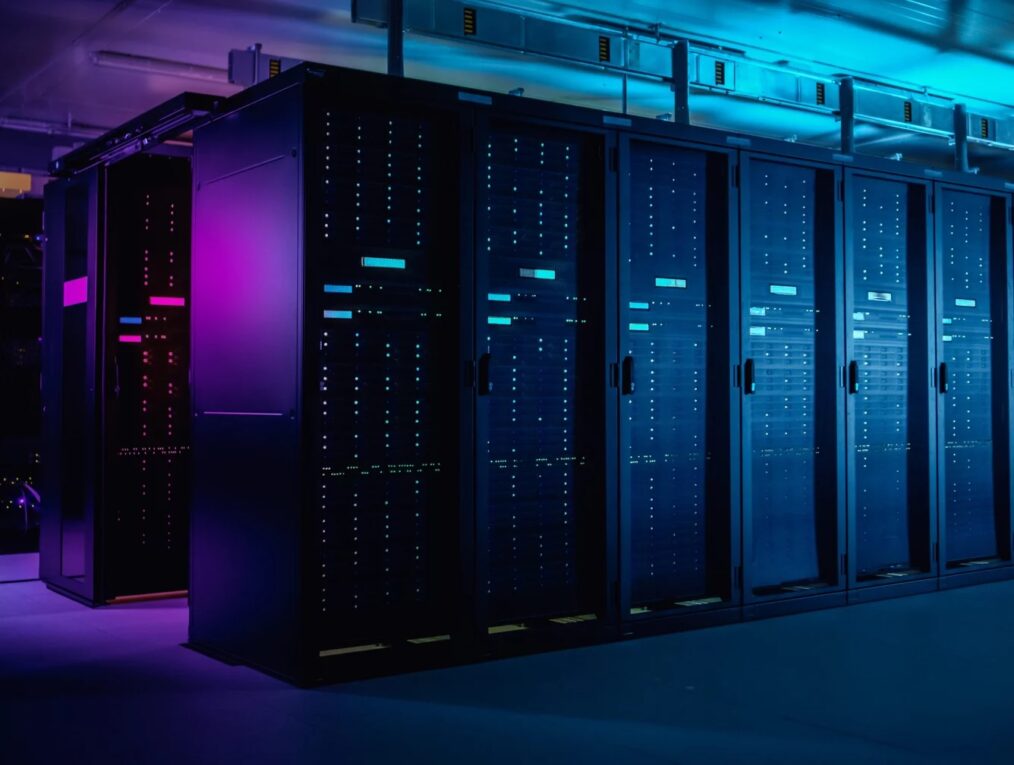Data centers are critical infrastructure supporting digital services globally. However, traditionally built data centers require long construction periods and are inflexible to changing IT and business needs. Modular data centers have emerged as an alternative approach that promises to address many shortcomings of conventional data center designs. Let’s explore how modular data centers are shaping the future of edge computing.
What are Modular Data Centers?
Modular Data Center refer to prefabricated or pre-engineered infrastructure solutions that can be rapidly deployed onsite. The core components like modular racks, cooling systems, power distribution units, and fire suppression are factory constructed and then shipped as individual modules. At the site, these modules are connected together to form a functional data center facility within a matter of weeks rather than months required by brick-and-mortar designs.
Modularity allows for scalability where additional capacity can be added by plugging in new modules as and when required. Individual modules have a lifespan of 10-15 years after which they can be replaced without disrupting existing operations. This gives modular data centers a flexible and adaptive quality that conventional designs lack. Further, prefabrication also enhances reliability through rigorous quality control procedures during offsite manufacturing.
Growth of Edge Computing drives demand
Edge computing distributes processing and data storage closer to end-users to deliver ultra-low latencies. As more applications and workloads shift to the edge, the need for numerous localized micro data centers has accelerated. Modular designs have proven ideal for rapid edge rollouts because they support deployment at non-traditional and remote locations with minimal lead times.
Their compact footprints also allow edge sites to be established even in space-constrained urban areas. Major cloud, content, and telecom providers are increasingly opting for modular edge deployments to keep pace with 5G and IoT growth projections. Market research indicates modular solutions already account for over 15% of edge infrastructure investments. This share is forecast to rise substantially in the coming years as edge networking transforms.
Benefits of Modular Approach
Some key advantages of modular designs over conventional brick-and-mortar centers include:
– Rapid Deployment: Modular facilities can be set up in 8-12 weeks versus 6-18 months for traditional builds. This faster time-to-market is crucial for dynamic edge use cases.
– Scalability: Individual modules offer a high degree of scalability. Additional power and cooling capacity can be plugged in independent of existing live operations.
– Flexibility: Modular designs adjust easily to changing IT and facility needs. Workloads or hardware can be upgraded seamlessly without major revamps.
– Lower TCO: By some estimates, total cost of ownership over a 10-year lifecycle is 20-30% lower for modular centers due to savings in construction, labor, and real estate.
– Standardization: Prefabricated modules comply with rigid form factors and utilize consistent components. This enhances reliability through high-level industrialization.
– Deploy Anywhere: Their portable nature permits deployment even in remote areas or regions with unstable grids, which is relevant for critical edge cases.
Key Module Types
The three foundational module types forming modern modular data center infrastructure include:
– Power Modules: Pre-wired power distribution units that supply conditioned AC or DC power to IT loads effectively. Scalable modular UPS solutions also exist.
– Cooling Modules: Smart cooling systems utilize innovative rack-level controls and energy-efficient heat exchangers for precise thermal management.
– IT Modules: Standardized pre-assembled racks containing servers, storage and networking infrastructure simplifying on-site integration.
Ancillary modules for security, monitoring, and physical infrastructure round off a fully integrated facility. Leading hypercloud & edge players offer complementary software stacks as well.
Sustainability Impacts
Modular centers demonstrate clear sustainability advantages over traditional builds. Their energy efficiency is 15-20% better due to optimized modular design principles and lack of waste during prefabricated construction. Modular upgrades also promote reuse of existing infrastructure to avoid e-waste. The lightweight construction techniques make innovative use of recyclable, non-toxic materials improving circularity. All this aligns well with the open compute initiatives of major cloud providers aiming for net-zero carbon operations over the long run.
In summary, the emergence of modular data centers heralds a transformative shift in how next-gen distributed edge infrastructure will be deployed seamlessly and sustainably across geographic boundaries. Their economic, operational and environmental benefits make them an attractive proposition for industries undergoing digital transformation at an accelerated pace. As technologies such as AI, IoT, and 5G unfold globally, modular facilities will play a pivotal role in supporting innovative distributed cloud architectures of the future.
*Note:
- Source: CoherentMI, Public sources, Desk research
- We have leveraged AI tools to mine information and compile it

